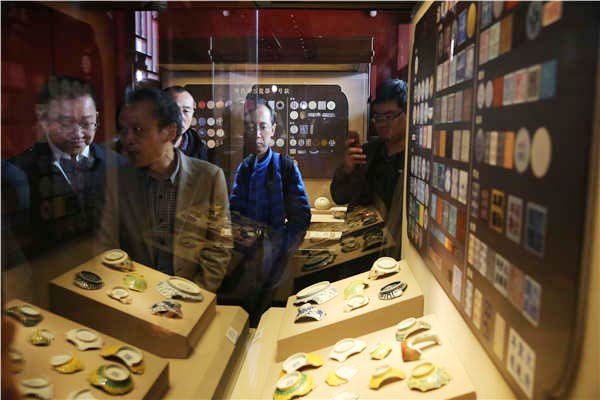Porcelain fans get royal treat
Updated: 2016-11-01 07:28
By Wang Kaihao(China Daily)
|
||||||||
Two exhibitions underway at Beijing's Palace Museum are showcasing a slice of imperial ceramic history. Wang Kaihao reports.
In 1369, a porcelain kiln was established in Jingdezhen, in Jiangxi province, to serve the imperial courts of the newly established Ming Dynasty (1368-1644), and thus began the city's story as a porcelain hub.
Last week at Beijing's Palace Museum, or the Forbidden City, the country's royal palace from 1420 until the end of Chinese monarchy in 1911, two exhibitions were opened showcasing a part of history of imperial kiln ceramics.
Whether in pieces or as complete items, the charm of these artifacts is unmistakable.
The Ming Imperial Porcelain: A Comparative Exhibition of Archaeological Findings at the Imperial Kiln Site in Jingdezhen and Chenghua Period Porcelain in the Collection of the Palace Museum, comprises 183 sets of porcelain from the reign of Chenghua (1465-87).
Seventy-six exhibits are from the Palace Museum collections, while the rest are pieces with defects found in kilns in Jingdezhen, according to Lyu Chenglong, head of the porcelain research institute at the Palace Museum.
"Only the best pieces were sent to Beijing. Those with defects were broken and buried at Jingdezhen. You can immediately tell the difference at this exhibition," says Lyu.
"The copying of such pieces by the public was strictly prohibited. So you do not see similar pieces elsewhere."
- Father and son express gratitude by traveling to 200 Chinese cities
- Wife raises funds to search for missing sailor
- Two-child policy working, birthrate figures show
- China promotes transfer of farmland use right
- Hefty award offered for deciphering oracle bone characters
- China Daily brings you 'sixth plenums' in past 35 years
- EU, Canada sign landmark deals to enhance economic, political partnership
- Wife raises funds to search for missing sailor
- Clinton's edge ebbs after FBI's announcement of new email review: poll
- Asia American leaders discuss civic engagement
- World's disabled get new champion
- Clinton, Michelle Obama make first joint campaign appearance
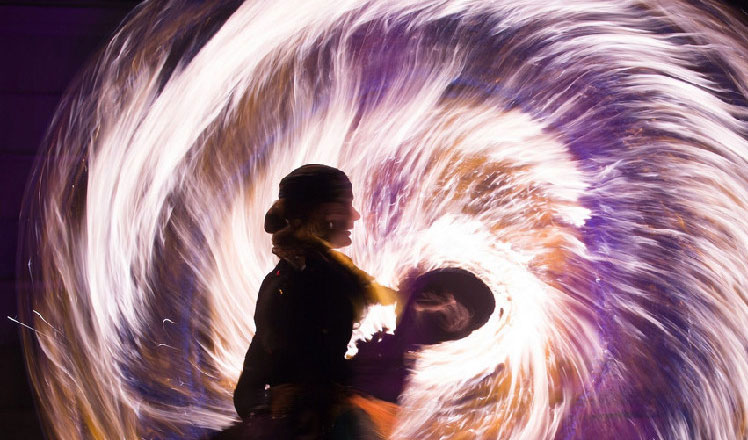
 The World in photos: from Oct 24 to Oct 30
The World in photos: from Oct 24 to Oct 30
 Through the lens: The life of a kung fu master
Through the lens: The life of a kung fu master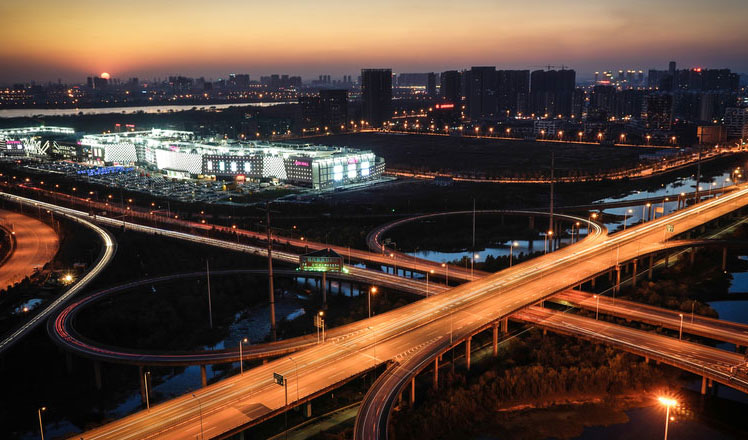
 In pics: Top 10 Chinese cities in 2016
In pics: Top 10 Chinese cities in 2016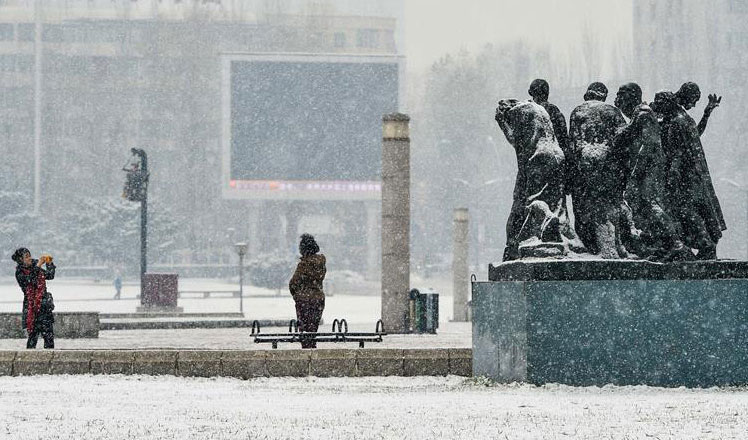
 A sprinkling of snow in China's northern part
A sprinkling of snow in China's northern part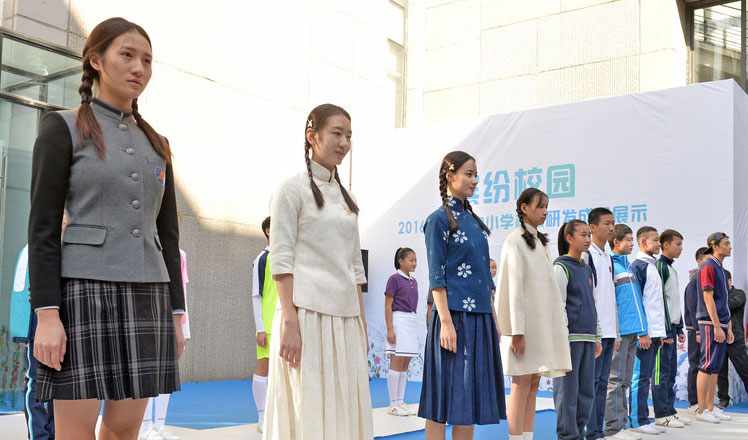
 In pics: School uniforms get chic look
In pics: School uniforms get chic look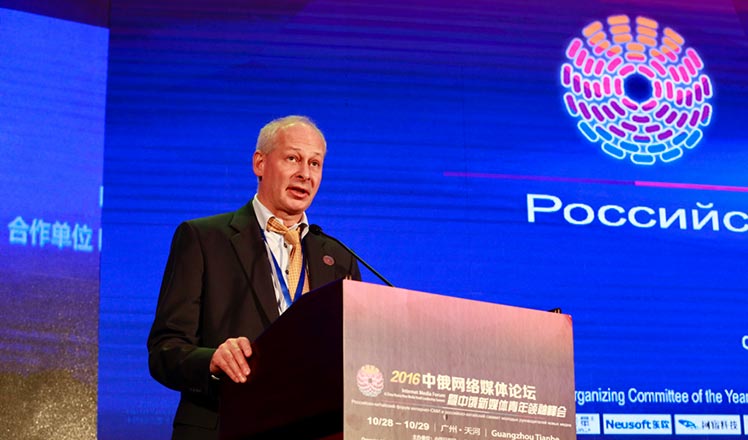
 China-Russia Internet Media Forum opens in Guangzhou
China-Russia Internet Media Forum opens in Guangzhou
 2016 Comedy Wildlife Photography Awards Finalists
2016 Comedy Wildlife Photography Awards Finalists
 NINED VR creates splash with virtual reality products
NINED VR creates splash with virtual reality products
Most Viewed
Editor's Picks

|

|

|

|

|

|
Today's Top News
'Zero Hunger Run' held in Rome
Trump outlines anti-terror plan, proposing extreme vetting for immigrants
Phelps puts spotlight on cupping
US launches airstrikes against IS targets in Libya's Sirte
Ministry slams US-Korean THAAD deployment
Two police officers shot at protest in Dallas
Abe's blame game reveals his policies failing to get results
Ending wildlife trafficking must be policy priority in Asia
US Weekly

|

|
